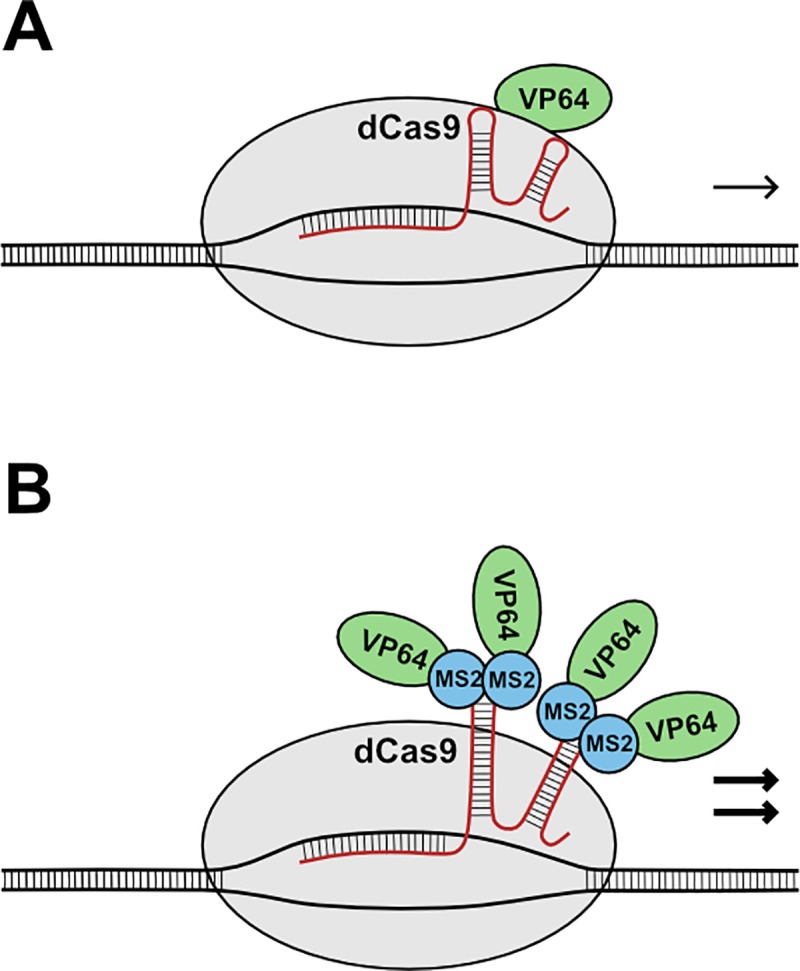Fig 1. Schematic of CRISPR/dCas9-mediated targeted gene regulation.

(A) The dCas9 protein is directed to specific sites in the genome as determined by complementary base-pairing between DNA and the sgRNA. Effector domains such as the transcriptional activator VP64 can be fused to the dCas9 protein to modulate the activity of neighbouring genes. (B) In the MS2 system, effector domains are recruited to dCas9 in the form of MS2-effector fusions, which bind as dimers to RNA hairpin aptamers engineered into the sgRNA. This has been shown to produce a stronger level of modulation compared to direct fusion [4, 5].
